1468 Cabins and characters
Return to Solitude: More Desolation Sound Adventures with the Cougar Lady, Russell the Hermit, the Spaghetti Bandit and Others
by Grant Lawrence
Madeira Park: Harbour Publishing, 2022
$26.95 / 9781550179712
Reviewed by Heather Harbord
*
 Grant Lawrence has produced another rollicking good read which is a worthy successor to his earlier Adventures in Solitude (Harbour, 2010). The latter covers his own childhood introduction to Malaspina Inlet while this new book, Return to Solitude, describes his children’s introduction. These family stories form a thread that holds together tales of some of the contemporary local characters who make Malaspina Inlet a special place. Some of the stories in the two books overlap but this doesn’t interfere with the pleasure of reading either one of them.
Grant Lawrence has produced another rollicking good read which is a worthy successor to his earlier Adventures in Solitude (Harbour, 2010). The latter covers his own childhood introduction to Malaspina Inlet while this new book, Return to Solitude, describes his children’s introduction. These family stories form a thread that holds together tales of some of the contemporary local characters who make Malaspina Inlet a special place. Some of the stories in the two books overlap but this doesn’t interfere with the pleasure of reading either one of them.
The original Indigenous settlers chose Grace Harbour for their well-protected, cosy winter village and in summer fanned out up the inlets and to places like Prideaux Haven where Vancouver’s men found a recently abandoned village in July 1792. The late nineteenth and early twentieth century European settlers chose locations in Prideaux Haven and Refuge Cove. These have been well documented by M. Wylie Blanchet, the Barrows, and others. In 1976, for $155,000, Grant’s father bought 180 acres next door to the old First Nations winter village and subdivided its five kms of waterfront into lots that he sold over a period of time. With water access only, the lots appealed only to a special type of person. Even now, not many live there all year round.
When I was writing my Desolation Sound: A History, I was worried that the large number of stories emanating from Malaspina Inlet would dominate the book to overshadow the rest of it. Consequently, I didn’t follow up with the Lawrences and missed the story of the Blooms who bought the original property. Luckily, Grant’s father talked to Alice Bloom and got their story, which Grant relates in the first book.

The only original pioneer that Grant met was Nancy Crowther, the Cougar Lady. He met her in her old age when she gave the Lawrences her permission to launch their boat on her land. He tells this story in the first book and continues it in the second.
Historical research is always evolving. When I was researching the Crowther family, the microfilm of the Powell River News was very mixed up and difficult to use. Since then, clever retired mill workers have designed a new system and photographed the pages again in true chronological order. Grant used this to find the later details of Nancy’s life, including her marriage, divorce and subsequent adventures. He relates these details in a useful compilation of 41 pages.
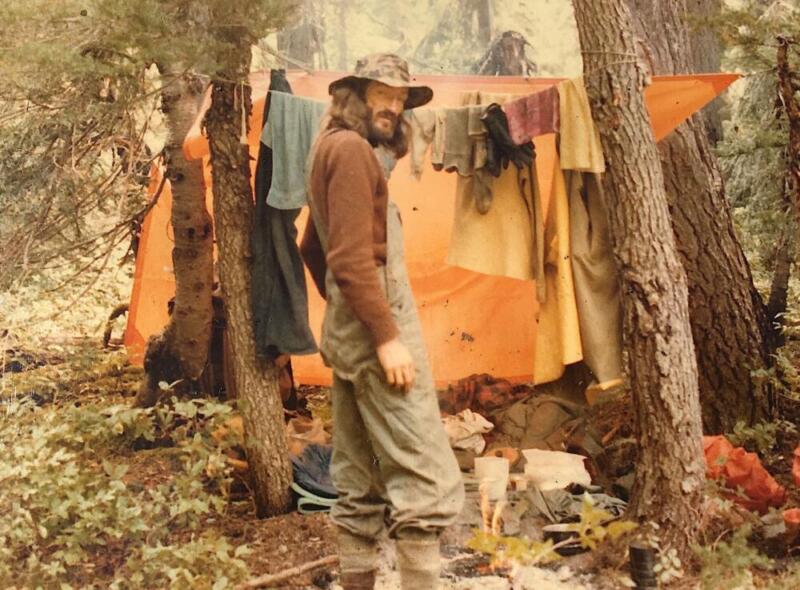
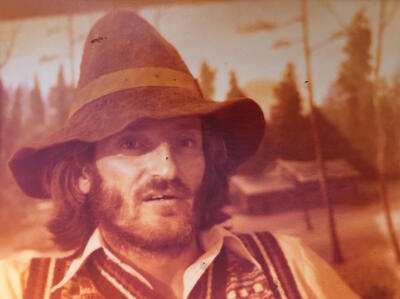
Next in Return to Solitude, he continues the story of Russell Letawsky, the Hermit of Desolation Sound, in an expansion of 70 pages. This includes a more in-depth account of Letawsky’s early life and provides additional details of his hike over the mountains along with his later adventures. For readers inclined to dismiss homeless people, Letawsky’s life is a demonstration of why they should think again. While working as a salesman in Toronto, he attended night classes at York University studying a variety of topics from engineering to philosophy. Then he jettisoned his yuppie lifestyle to head for the West Coast where he and his girlfriend, Audrey, hiked over the mountains from Squamish to reach Malaspina Inlet, where Audrey’s sister Linda had a homestead. In the previous book, Grant refers to these sisters as Annie and Laura. I met Linda in the late 1970s and she was called Linda then and remains so today. Grant doesn’t give any reason for the name changes in the book but he admitted to me recently that he changed the names in the first book to conceal their identities. This will be confusing for future researchers trying to figure out the history of the place.

After introducing Grant to Rock n’ Roll music, Letawsky left Malaspina Inlet to work as a late night shift as a taxi driver in Powell River for twenty years. Grant built on the musical knowledge Russell gave him to start his own band, which played all over the world. He even wrote a book about it: Dirty Windshields (Douglas & McIntyre, 2017). In little more than the time it would have taken him to obtain a university degree or two, Grant acquired a vast knowledge of popular music, which is still largely ignored by university courses. The CBC recognized the value of this and hired him to host programs that his many listeners have much enjoyed. He has won numerous awards and accolades for his work, which you can read about here.
You know he’s a master of the subject because some of his chapter titles are those of popular songs that he unravels in the acknowledgements — not just those in this book, but in his three others too. Even his hockey book, The Lonely End of the Rink, has them. The music contacts he made also introduced him to his wife, singer-songwriter Jill Barber. Russell Letawsky would be proud of him.

Bernard the German was introduced to us in the first book and has 49 pages of this one. Unlike Russell Letawsky, who squatted on the west edge of the Lawrences’ lot, Bernard owned the lot next door on the east side. Once Russell left the area, Bernard filled the gap to become one of Grant’s friends. Born in 1949, he and his large German family emigrated to Edmonton in 1965 fleeing a potential Soviet invasion. After a hippie interlude, he became a dockworker for the Wheat Pool in North Vancouver. After 30 years, he retired and bought the lot on Malaspina Inlet. There he and his second wife, with the help of library books, built a dream cabin. After 15 years and a nasty brush with hepatitis, he sold the cabin, left the area and bought a sailboat in Florida. During many adventures, he transited the Panama Canal and sailed across the Pacific to Fiji, where he died somewhat mysteriously.
In the Prologue to Return to Solitude, Grant went to open his cabin one spring. He had heard of a mysterious interloper referred to as The Spaghetti Bandit who stole food and supplies from several cabins as well as damaging Indigenous heritage sites. As he turned the water on under the cabin, he heard sounds he thought was this person, but it wasn’t. It is not until the last 32 pages of the book that we discover the origin of the myth. At least six cabins were broken into and two First Nations sites damaged — all by one ignorant person who had no idea how to live comfortably, safely, and healthily in the bush and nearly died of starvation in the process.
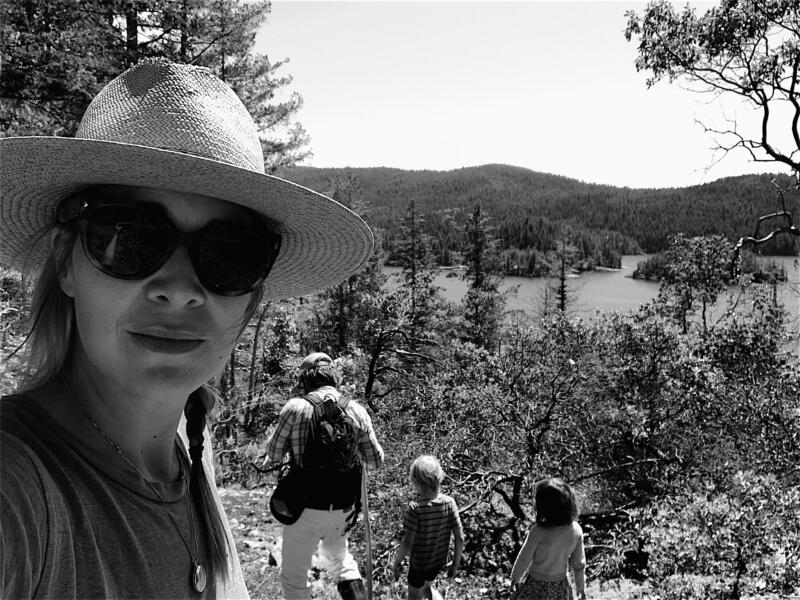
Woven in between the longer stories are shorter anecdotes about three generations of Lawrences enjoying cabin life. Grant’s enjoyment of his children shines through when he describes an elaborate treasure hunt for his kids that was interrupted by a boating emergency. Then there was the trip through the forest fire smoke to Refuge Cove and back because it was a traditional Sunday excursion that his little daughter insisted on. Sightings of dolphins, orca, and humpback whales add spice to the stories.
Like his previous book, Return to Solitude pictures cabin family life lived pleasurably as it should be. This is enjoyable but not sentimental and his historical facts are correct. In another decade or so will Grant Lawrence give us a third sequel with some of the new characters already appearing in the local newspaper? Will those lucky kids turn out as well as those of the previous generation?
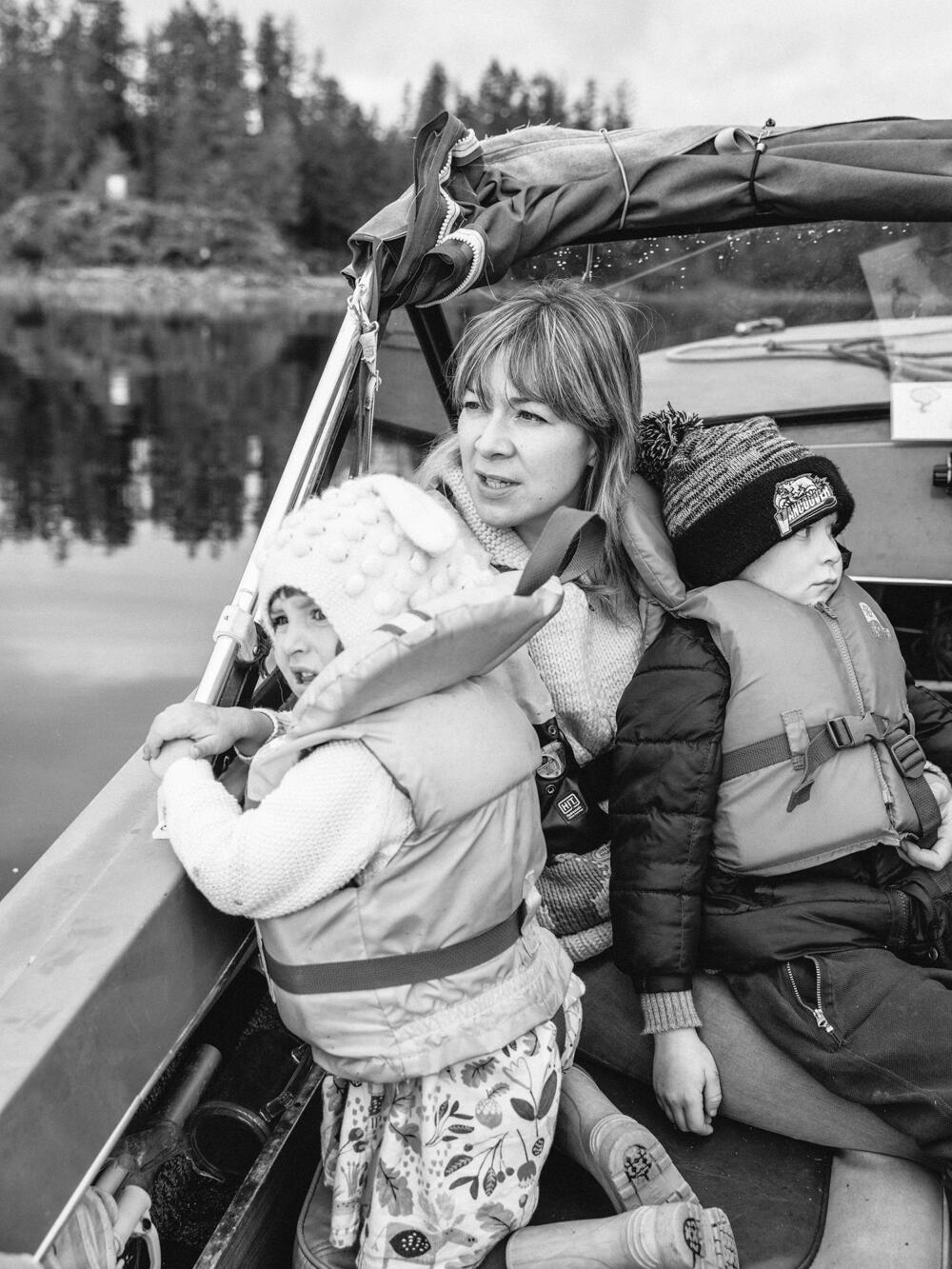
*
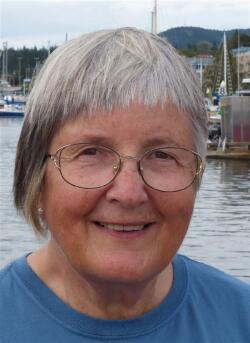
Heather Harbord is the author of Desolation Sound: A History (Harbour, 2007) which was on the BC bestseller list for over six months when it first came out. Her Texada Tapestry: A History (Harbour, 2011) won awards from the BC Federation of Historians and the BC Genealogical Society. Her most recent book is Clyde the Birdman, an eBook about the man who founded and operated the Cranberry Lake Wildlife Sanctuary in the 1980s and discovered a new flyway used by Trumpeter Swans. As an avid sea kayaker and author of several guidebooks, Heather has paddled much of the BC coast, especially in Desolation Sound where she once met Grant Lawrence on the rocks in front of his cabin. See here for details of all her books. She grew up in the UK, but came to Canada in 1963 where she worked in public libraries in three provinces. She now lives in Powell River.
*
The British Columbia Review
Publisher and Editor: Richard Mackie
Formerly The Ormsby Review, The British Columbia Review is an on-line journal service for BC writers and readers. The Advisory Board consists of Jean Barman, Wade Davis, Robin Fisher, Cole Harris, Hugh Johnston, Kathy Mezei, Patricia Roy, Maria Tippett, and Graeme Wynn. Provincial Government Patron (since September 2018): Creative BC. Honorary Patron: Yosef Wosk. Scholarly Patron: SFU Graduate Liberal Studies.
“Only connect.” – E.M. Forster